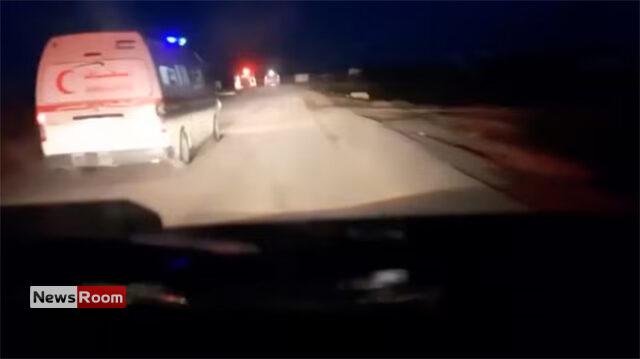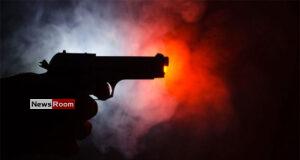The Israeli army said on Sunday that a review of the killing of emergency responders in Gaza last month found “several professional failures” and that a commander would be dismissed over the incident.
The 15 paramedics and other rescue workers were shot dead in three separate shootings at the same location near the southern Gaza city of Rafah on March 23. Their bodies were found a week later by UN and Palestinian Red Crescent officials in a shallow grave.
In a statement on Sunday, the army said a commander was to be reprimanded. It said the deputy commander, a reservist, who was the field commander, was being removed from his position for providing an incomplete and inaccurate report.
“The investigation identified several professional failures, violations of orders and a failure to fully report the incident,” the military said.
“The fires in the first two incidents were caused by an operational misunderstanding by troops who believed they were facing a perceived threat from enemy forces. The third incident involved a violation of orders during a combat situation,” it said.
The military’s attorney general was conducting its own investigation and criminal charges could be filed, according to the military.
A video released by the Palestinian Red Crescent on the cellphone of one of the dead showed uniformed emergency responders and clearly marked ambulances and fire engines, their lights on, being shot at by soldiers.
Maj. Gen. Yoav Har-Even, who conducted the review, told reporters that soldiers from a special forces unit believed they were under threat after initially identifying the vehicle as a Hamas vehicle but actually opened fire on it as an ambulance. Two of the occupants were killed, and a third was detained and questioned on suspicion of Hamas ties.
The man was released the next day after further questioning.
The military says Hamas often hides its activities among civilians and that the militant group has used ambulances to carry out operations in the past. Still, it says soldiers have been instructed to distinguish between real emergency vehicles and those used by Hamas.
Army spokeswoman Effie Defrin told reporters that the incident occurred in a “complex combat zone” but that it was clearly a mistake by soldiers and that there was no attempt to cover up the incident, which was reported immediately.
In addition to the two people killed in the first incident, 12 people were killed in the second shooting and another person was killed in the third incident, Har-Even said.
Injuries
Red Crescent, civil emergency services and UN officials said 17 paramedics and emergency workers had been dispatched to respond to reports of injuries from Israeli airstrikes.
The army said in a statement that the deputy commander at the time of the second shooting had initially misidentified the vehicles as ambulances because of “poor night visibility” and ordered troops to fire on a group of people emerging from a fire truck and ambulances.
In a briefing with reporters, the army presented drone footage of the incident, showing a unit of 20 soldiers firing at a fire truck and ambulances from a distance of about 30 meters.
Har-Even said the soldiers believed they were shooting at a group of Hamas militants, and only when they conducted a scan of the scene did they open fire on the paramedics.
Muntar Abed, a paramedic who was detained by the army and later released, said the soldiers fired at clearly marked emergency response vehicles.
The Red Cross said on April 13 that another Palestinian emergency responder was being held by Israeli authorities. He remains in Israeli custody, the army said on Sunday.
The army said, without providing evidence, that six of the 15 dead emergency responders were later identified as “Hamas terrorists.” Hamas has denied the accusation.
The army said that about 15 minutes after the soldiers opened fire on the emergency responders, the soldiers opened fire on a Palestinian UN vehicle. The army blamed “operational errors in violation of regulations” for the incident.
“At dawn, it was decided to collect and cover the bodies to prevent further damage and to remove the vehicles from the road to evacuate civilians,” the army said, adding that “under the circumstances” removing the bodies was reasonable but “wrong” to crush the vehicles.
“In general, there was no attempt to conceal the incident, which was discussed with international organizations and the UN, including coordination for the removal of the bodies,” it said.








